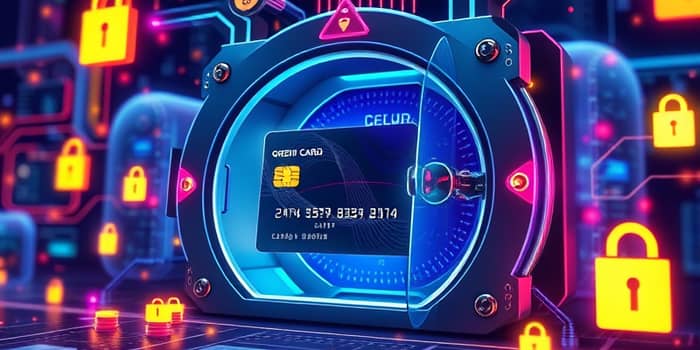
As online transactions skyrocket, protecting payment data has never been more critical. Virtual credit cards (VCCs) offer a robust solution for securing sensitive information in digital commerce.
Every day, millions of consumers and businesses conduct financial transactions online. Each interaction exposes card details to potential threats, from data breaches to fraudulent charges. Establishing strong layers of defense around payment data is essential to safeguard personal finances and corporate assets.
Traditional credit cards are vulnerable at multiple points: during data entry, in transit, and within merchant databases. Virtual cards, by contrast, minimize these exposure points through innovative security measures.
A virtual credit card is a digitally generated payment number that functions like a standard card but exists solely in electronic form. It features a 16-digit code, expiration date, and CVV, yet never appears on plastic.
Users can create VCCs via their bank’s app or through third-party platforms. These cards are tailored for:
Virtual cards excel by masking your actual credit card details. When a transaction occurs, merchants see only the temporary VCC number, never the underlying real card data.
Key features include:
Behind the scenes, two primary technologies secure VCC transactions:
These methods ensure that sensitive financial information remains protected from hackers and merchant database leaks.
Virtual cards cater to diverse scenarios where security and control are paramount:
Despite their strengths, VCCs have constraints:
Global e-commerce growth and high-profile breaches have accelerated virtual card adoption. Financial institutions report surging demand for VCCs from tech-savvy consumers and enterprises seeking enhanced fraud protection.
Businesses benefit from real-time expense tracking and centralized control, reducing reconciliation errors and unauthorized spending.
To maximize virtual card security, consider the following steps:
Looking ahead, emerging technologies like biometric authentication and AI-driven fraud detection will further strengthen virtual card frameworks. As digital payments evolve, VCCs will remain a cornerstone of secure online commerce.
By adopting virtual credit cards and following best practices, individuals and organizations can significantly reduce fraud exposure and build a safer digital payment ecosystem for the future.
References













